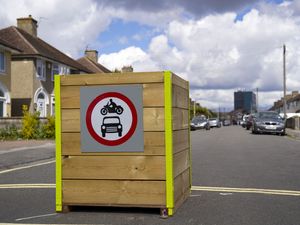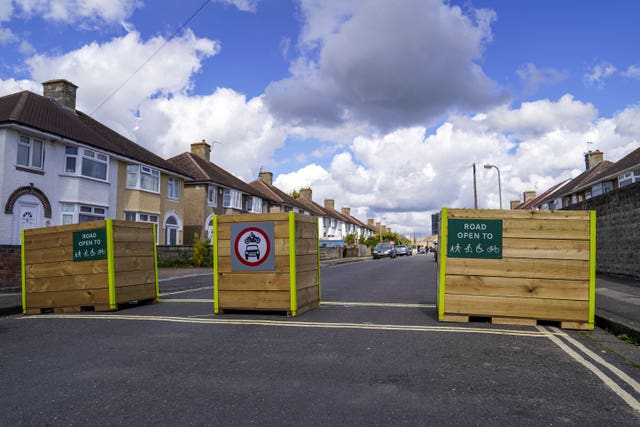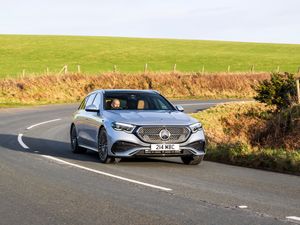What is a Low Traffic Neighbourhood?
The Prime Minister has recently made a pledge to end the scheme roll-out in England.

The Prime Minister has stated that he is “slamming the brakes” on schemes such as low-traffic neighbourhoods (LTNs) in England.
Rishi Sunak told The Sun that it was all part of his focus to stop the “relentless attack on motorists”. But what is a low-traffic neighbourhood and how do they work? Let’s take a look.
What is a low traffic neighbourhood?
A low traffic neighbourhood is designed to be exactly that – an area where vehicle numbers are reduced.
— Rishi Sunak (@RishiSunak) September 30, 2023
The desired effect is to increase space for pedestrians and cyclists, while allowing emergency vehicles and public transport to travel more easily through these areas.
How do they work?
Low-traffic neighbourhoods work by preventing vehicles from using certain streets as through roads into other destinations. Quite often, streets are flagged up as ‘quick’ ways of missing out high-traffic areas – particularly when using navigation apps – so the number of cars and vans moving through these areas can quickly increase.
Quite often these areas are created by using temporary or permanent barriers which stop traffic from being able to drive along a certain route. Many cities adopted temporary low traffic neighbourhoods during the Covid-19 pandemic as a way to increase the amount of space that pedestrians had to walk along.
What is the desired effect of a low traffic neighbourhood?

>
The ideal aim for a low-traffic neighbourhood is to help reduce local emissions and promote alternative forms of transport such as walking and cycling. A by-product of lower traffic numbers is also intended to be fewer accidents and lower noise pollution.
But can residents still reach their homes?
Yes. Low traffic neighbourhoods won’t stop residents from being able to drive to their homes, though they may have to take a different route to the one they might have travelled along beforehand. Visitors will still be able to visit, as will delivery services.
Is there any opposition to low traffic neighbourhoods?
Rishi Sunak called low traffic neighbourhoods – as well as blanket 20mph zones – one of a number of “hare-brained schemes” in his interview with The Sun as he announced a number of pro-motorists measures. The Department for Transport (DfT) has said that it will be reviewing guidance on the measures to “prevent their blanket use in areas where it is not appropriate.”
The DfT also blocked low-traffic neighbourhoods from any funding as part of a £200m fourth round of the Active Travel Fund, which was created to help local transport authorities with creating cycling and walking facilities.
Some critics also say that low traffic neighbourhoods simply move congestion around rather than solving the issue, while some sat-nav systems have been known to ignore LTNs and send drivers through the areas – causing them to be hit with a fine.





